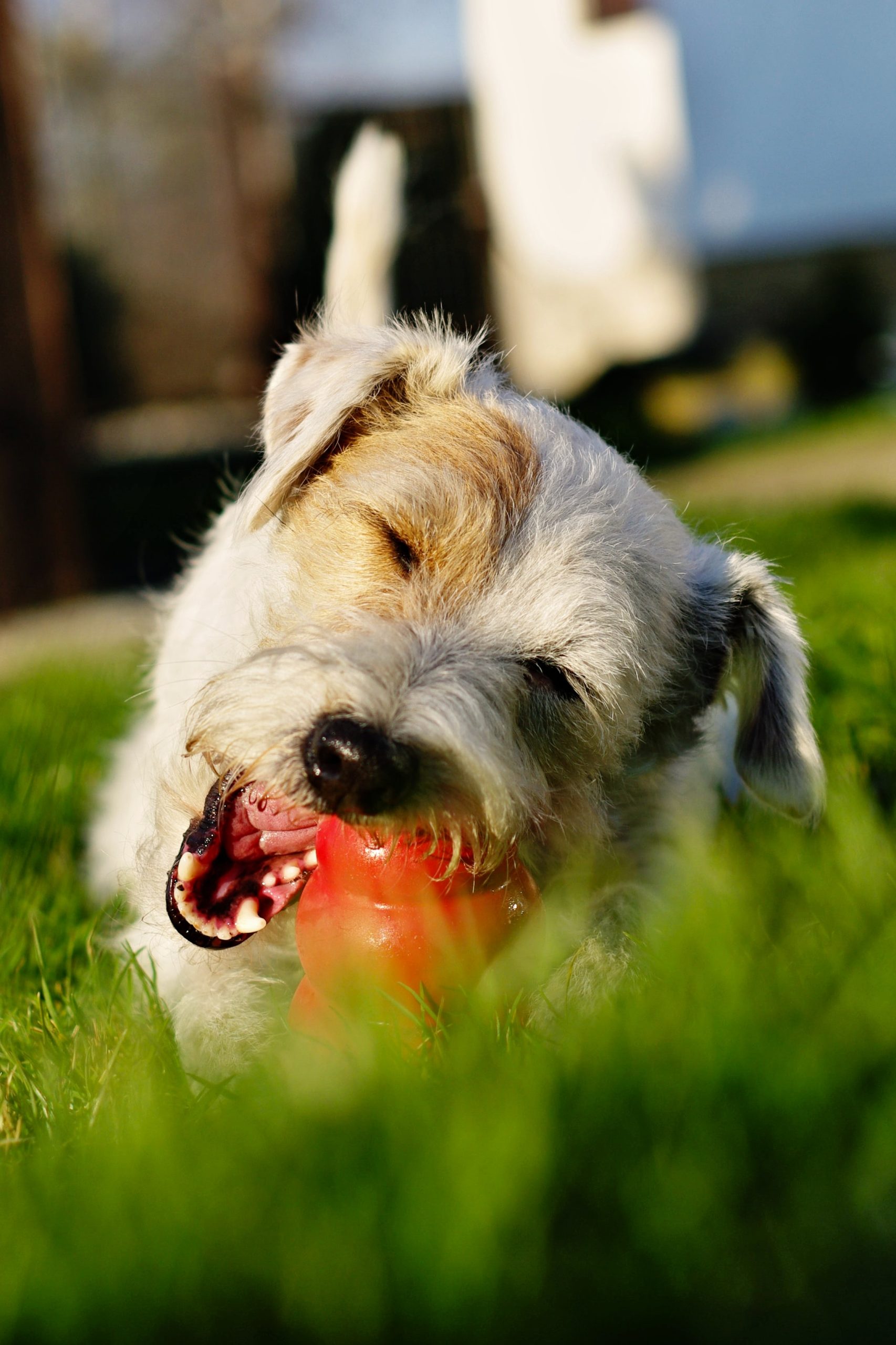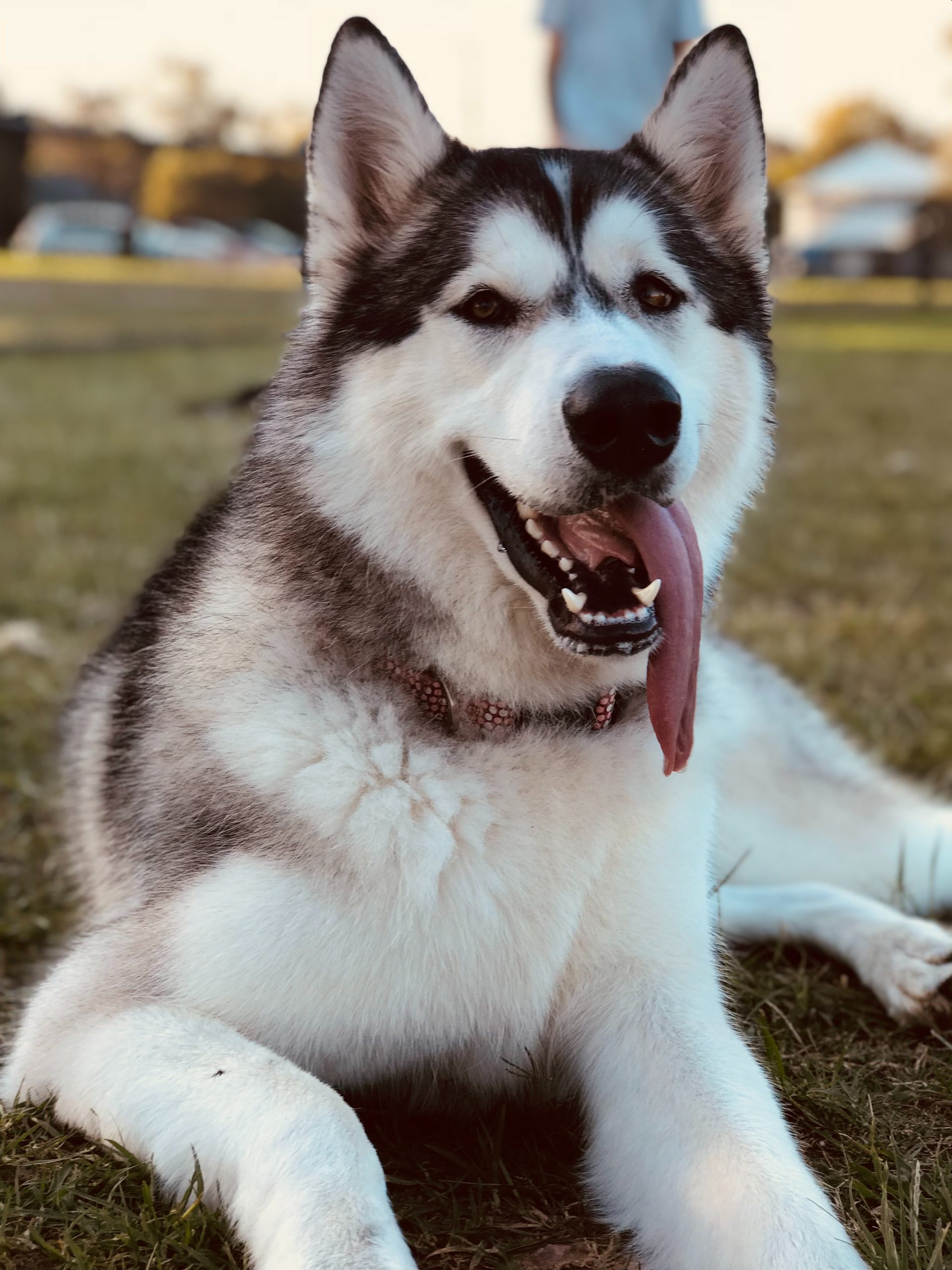Unleashing the Energy: Best High-Energy Dog Breeds for Active Individuals and Families
High-Energy Dog Breeds: A Vital Consideration for Active Individuals and Families – Learn about the exercise and mental stimulation needs of high-energy dog breeds, such as Border Collies and Golden Retrievers, to ensure their well-being and happiness.
Defining High-Energy Dog Breeds
High-energy dog breeds are known for their need for regular physical exercise and mental stimulation to thrive. These breeds often exhibit traits such as high activity levels, strong endurance, and a requirement for engaging activities to prevent boredom and behavioral issues. For example, the Border Collie, a highly energetic breed, is renowned for its exceptional intelligence and requires at least an hour of daily exercise to stay healthy and happy. This illustrates the level of physical and mental activity necessary to meet the needs of high-energy breeds.
The exercise and mental stimulation requirements of high-energy dogs are crucial for their overall well-being and happiness. Without adequate stimulation, these breeds may become bored, restless, and may exhibit destructive behaviors. For instance, Golden Retrievers, which are high-energy dogs, exhibit a love for water activities and require daily exercise to maintain their physical and mental well-being. This highlights the importance of understanding the specific needs of high-energy breeds to ensure they lead fulfilling lives within active households. Additionally, high-energy dog breeds like German Shorthaired Pointers, originating as hunting dogs, demand daily exercise and mental stimulation to prevent behavioral issues, further emphasizing the significance of meeting their unique requirements.
Top High-Energy Dog Breeds for Active Lifestyles
When considering high-energy dog breeds, it’s crucial to understand the specific exercise and mental stimulation needs of each breed to ensure their well-being and happiness. Border Collies, for example, are not only known for their exceptional intelligence but also require at least an hour of daily exercise to stay healthy and happy. This exercise can take the form of activities such as running, playing fetch, or engaging in dog sports like agility or obedience training, which provide mental stimulation as well. Without sufficient exercise and mental stimulation, Border Collies, like other high-energy breeds, may become destructive or develop behavioral issues.
Golden Retrievers, on the other hand, are not only known for their friendly and tolerant attitude, but also for their love of water activities. This breed requires daily exercise to maintain their physical and mental health. Activities such as swimming, playing in the water, or going for long walks are essential to keep Golden Retrievers happy and well-adjusted. In addition to physical activities, mental stimulation through interactive games and training sessions is vital for this breed to prevent boredom and behavioral issues.
German Shorthaired Pointers, with their origins as hunting dogs, have high energy levels and require daily exercise and mental stimulation to thrive. Engaging in activities like running, hiking, or participating in dog sports such as scent work can help fulfill their mental and physical needs. Failing to provide adequate exercise and mental stimulation for German Shorthaired Pointers can lead to restlessness, boredom, and potential behavioral problems. These examples highlight the diverse exercise and mental stimulation requirements of high-energy dog breeds and emphasize the importance of understanding and meeting these needs to ensure the well-being of the dogs and their owners.
Meeting the Needs of High-Energy Dog Breeds
Meeting the exercise and mental stimulation needs of high-energy dog breeds is essential to ensure their physical and mental well-being. For example, providing daily long walks not only helps high-energy breeds release their pent-up energy but also serves as an opportunity for them to explore and engage with their surroundings, which is crucial for their mental stimulation. Moreover, engaging in activities such as playtime, interactive toys, and puzzle games can help keep their minds active and prevent boredom, which is often linked to destructive behaviors in high-energy dogs.
In addition to these activities, dog sports like agility and flying disc can be particularly beneficial for high-energy breeds. These sports not only provide an outlet for their physical energy but also offer them mental challenges, enhancing their problem-solving skills and overall mental well-being. For instance, participating in agility courses can help high-energy dogs develop focus, coordination, and confidence, while playing flying disc can satisfy their natural herding or hunting instincts, providing them with a sense of purpose and fulfillment. By incorporating these various activities into their routine, owners can ensure that their high-energy dogs remain physically and mentally stimulated, leading to a happier and healthier life for these breeds.
Comparing High-Energy Breeds to Common Family Dogs
When considering high-energy dog breeds, it’s crucial to understand the fundamental differences in energy levels between these breeds and those typically found in families. High-energy breeds, such as Border Collies, Australian Shepherds, and Siberian Huskies, are known for their exceptional activity levels and strong endurance, requiring regular physical exercise and mental stimulation to prevent boredom and behavioral issues. On the other hand, common family dogs, like Labrador Retrievers or Beagles, may have lower energy levels and need less intense exercise and mental stimulation to stay content and healthy. This contrast underscores the significance of matching the energy levels of the dog with the lifestyle and activity level of the family, ensuring a harmonious and fulfilling companionship.
For individuals intimidated by the “high energy” label associated with certain breeds, it’s essential to recognize that previous family dogs may still be considered quite energetic within a different family dynamic. Comparing the experiences with previous family dogs to the perceived energy levels of high-energy breeds can provide valuable insights. By understanding how the energy levels of high-energy breeds translate into practical day-to-day activities and exercise routines, potential owners can make informed decisions regarding the compatibility of these breeds with their lifestyle and preferences. This comparison enables individuals to approach the concept of high energy in a more tangible and relatable manner, dispelling apprehensions and fostering a clearer understanding of what to expect from these dynamic and lively breeds.
Conclusion: Making an Informed Decision
Choosing a high-energy dog breed is a significant decision for individuals and families leading active lifestyles. It’s essential to consider the compatibility of the chosen breed with the energy levels and activities of the household. For instance, if a family enjoys regular outdoor activities such as hiking, jogging, or swimming, a high-energy breed like the Australian Shepherd or Siberian Husky would likely be a great fit. On the other hand, if the household prefers a more relaxed pace with occasional walks, a lower energy breed like a Bulldog or Basset Hound might be more suitable. Understanding the specific needs and energy levels of different breeds is vital in making an informed decision that ensures the well-being of both the dog and the family.
Moreover, it’s important to recognize that high-energy dog breeds thrive on mental stimulation and physical exercise. For example, activities like agility training, flyball, or daily runs can be excellent ways to fulfill the needs of breeds like the Border Collie or the Vizsla. Without adequate stimulation and exercise, high-energy dogs may become bored, leading to destructive behaviors or other issues. Therefore, prospective owners should be prepared to dedicate time and effort to meet the exercise and mental stimulation requirements of their chosen high-energy breed. By making an informed decision and understanding the needs of high-energy breeds, individuals and families can ensure a harmonious and fulfilling relationship with their canine companions.



